
Successfully Watering Sowing: Beginner's Guide
Technique and advice
Contents
Watering seedlings is a very important step for the success of your vegetable garden or garden. Excess moisture can create a favourable environment for the development of fungal diseases. Conversely, a lack of water can prevent germination and the development of young shoots. Care and delicacy are required to help the seeds become beautiful young plants. Discover our tips and techniques for successfully watering your seedlings, step by step, for a thriving garden.
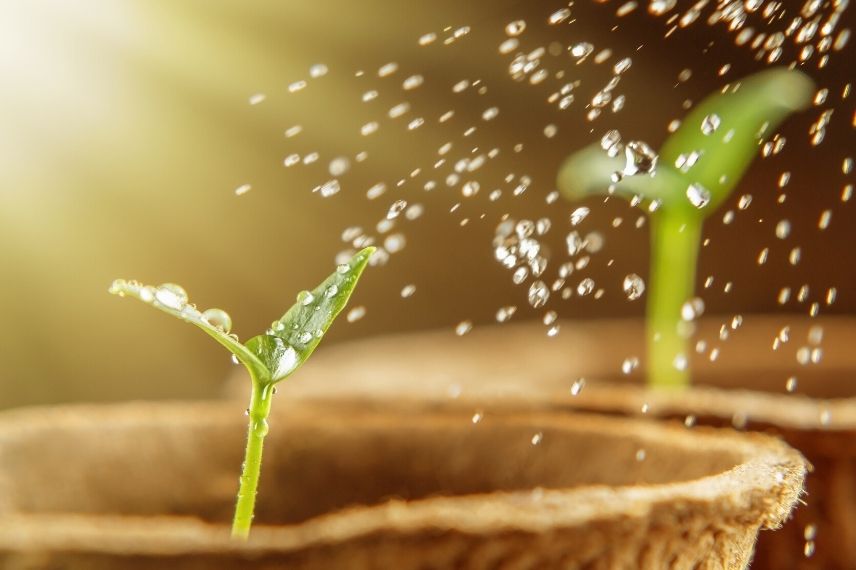
What water should be used for watering?
We recommend watering your sowings, like your plants, with rainwater. Indeed, it has the advantage of being at room temperature, which helps avoid thermal shock to your young shoots.
Of course, if you are sowing indoors in February and your water collector is outside, you will need to leave your watering can at room temperature for a few hours before using it.
Another advantage: it is untreated and therefore contains less lime and chlorine than tap water. It is also economical and environmentally friendly. This will please your plants, your wallet, and Mother Nature.
If you have no choice but to use tap water, let it sit for a few hours at room temperature before watering. This will help avoid thermal shock and stress to your sowings. If your water is too hard, feel free to filter it.
Read also
Sowing in bucketsWhat equipment to use for watering seedlings?
Seedlings require tenderness and delicacy to avoid damaging their fragile stems. Here is the suitable equipment for gentle watering:
A spray bottle
The spray bottle is perfect for watering your seedlings grown in small areas, in trays or pots. It allows you to moisten without disturbing the small seeds and the compost. It also prevents compacting the substrate, thus maintaining good water drainage.
A fine rose watering can
This allows you to water your seedlings by mimicking a fine rain, which helps distribute the water evenly without damaging them. Its capacity is ideal for seedlings in trays, pots, and in open ground.
A narrow spout watering can
This watering can allows you to water directly at the soil level, passing between the plants. This way, you avoid injuring the fragile stems or wetting the foliage of certain sensitive plants, such as tomatoes, for example. Its small capacity is perfect for seedlings in a greenhouse, in pots or trays, and for small vegetable areas.
A garden hose
The garden hose is perfect for a large vegetable garden and seedlings in open ground. Be sure to set it to a fine spray and use a low flow rate. Aim your spray upwards or at an angle. Be careful, as a too high or strong flow could compact the soil, suffocate your seeds, or even displace and damage the stems of young shoots.
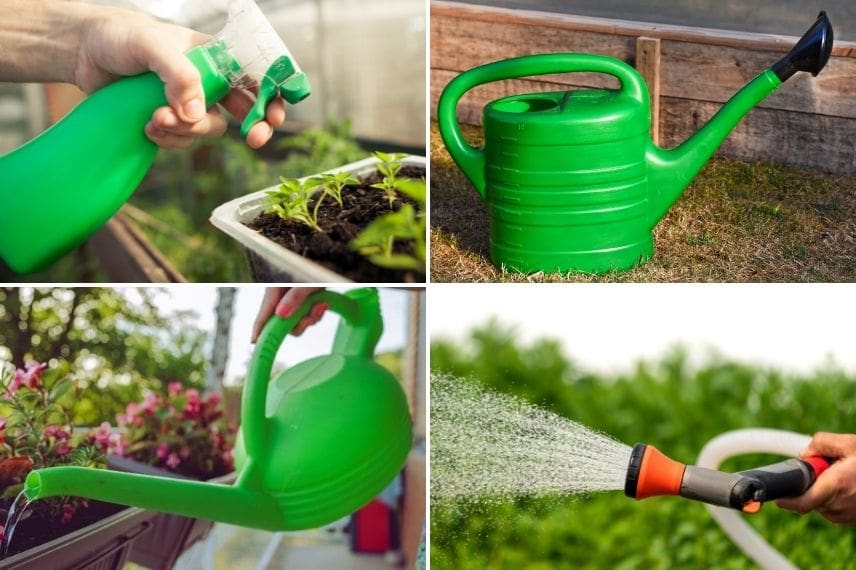
Tools for watering seedlings: a spray bottle, a fine rose watering can, a narrow spout watering can, and a garden hose with angled spray
Discover other Flower seeds
View all →Available in 1 sizes
Available in 1 sizes
Available in 1 sizes
Available in 1 sizes
Available in 1 sizes
Available in 1 sizes
Available in 1 sizes
Available in 1 sizes
Available in 1 sizes
Available in 1 sizes
How to water seedlings?
L watering differs according to the stages of sowing; here are the main phases:
Before sowing:
Moisten your potting soil or garden soil before sowing your seeds. Your substrate should be damp but not waterlogged. By watering before sowing, you will avoid displacing your seeds or suffocating them by compacting the soil too much.
Tip: Some finicky seeds prefer to be soaked the day before sowing, such as parsnips, carrots, beans, sweet peas, etc.
During planting:
If you have just moistened your substrate, no watering is needed for the next 24 hours. This allows your seeds to acclimatise gently.
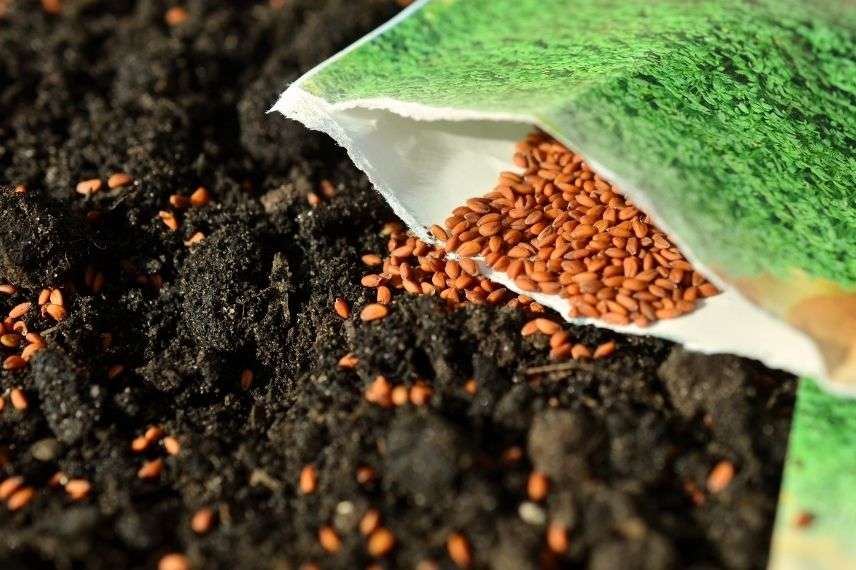
Sow your seeds on a damp substrate, but without excess. Cover if necessary, then allow your seeds to acclimatise for 24 hours.
From day 2 until germination:
Monitor your sowings. Your substrate should remain slightly damp, without excess, to avoid suffocating the seeds. Proceed with caution. It is better to water moderately twice a day than to do so once with too much water. Indeed, excess water can lead to the formation of fungal diseases and fungi, known as damping off.
To check moisture, you can plunge your finger into the soil to a depth of 2 cm. The soil should feel cool without sticking excessively to your finger. Preferably use a watering can with a rose or a spray bottle.
Bottom watering of pots and trays is possible, but again, it should be done gently. If you prefer this method, it is easier to avoid excess by placing a felt mat under the trays. Soak the felt with water without overdoing it, then allow the soil to moisten by capillarity.

Sowing summer leeks © chjmb2000 – Flickr
After germination:
When your seedlings appear, maintain a moist substrate, but without excess. This will help prevent fungal growth and the risk of damping off. Conversely, never allow the soil to dry out, as this could be fatal to fragile young plants. Water gently with a fine spray using a spray bottle or watering can. It is advisable to water at the base of the young plants rather than on the foliage to avoid the development of diseases such as downy mildew or powdery mildew.
Tip: To prevent damping off, you can sprinkle powdered charcoal on top of the soil.
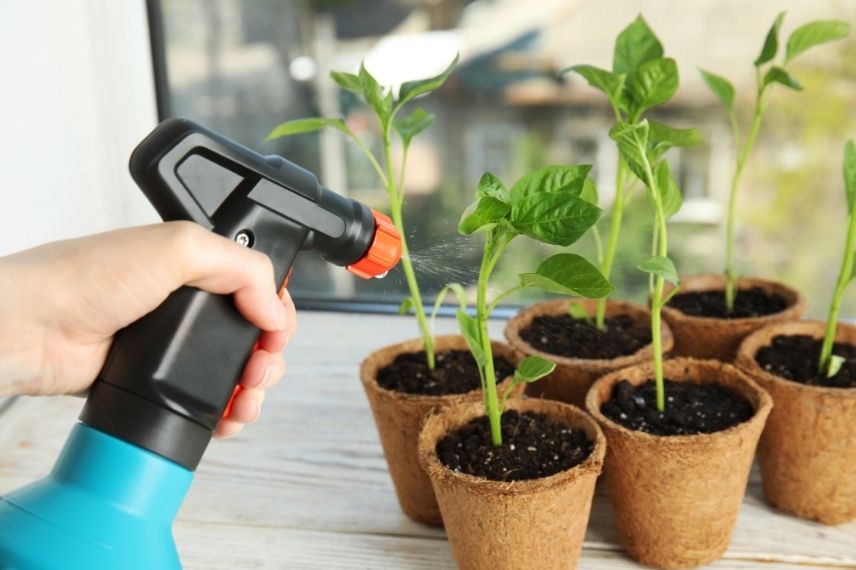
Read also
How to sow in a seed tray?For further reading
- Find Christophe’s article on damping off in sowing: understanding, combating, and preventing
- Explore our article on germination of vegetable plants
- Discover our tips for properly watering the vegetable garden in summer
- Find our advice on sowing vegetable seeds: where, when, how
- Subscribe!
- Contents







































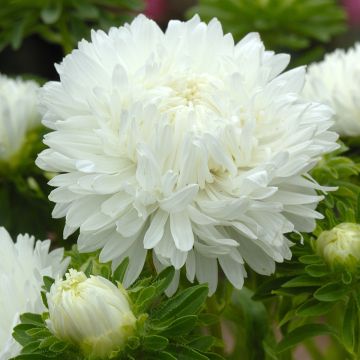

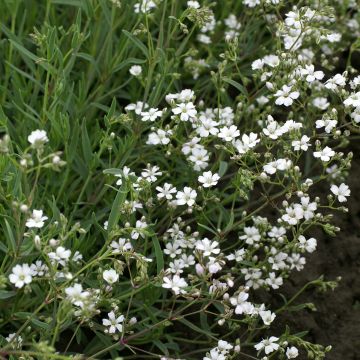
Comments